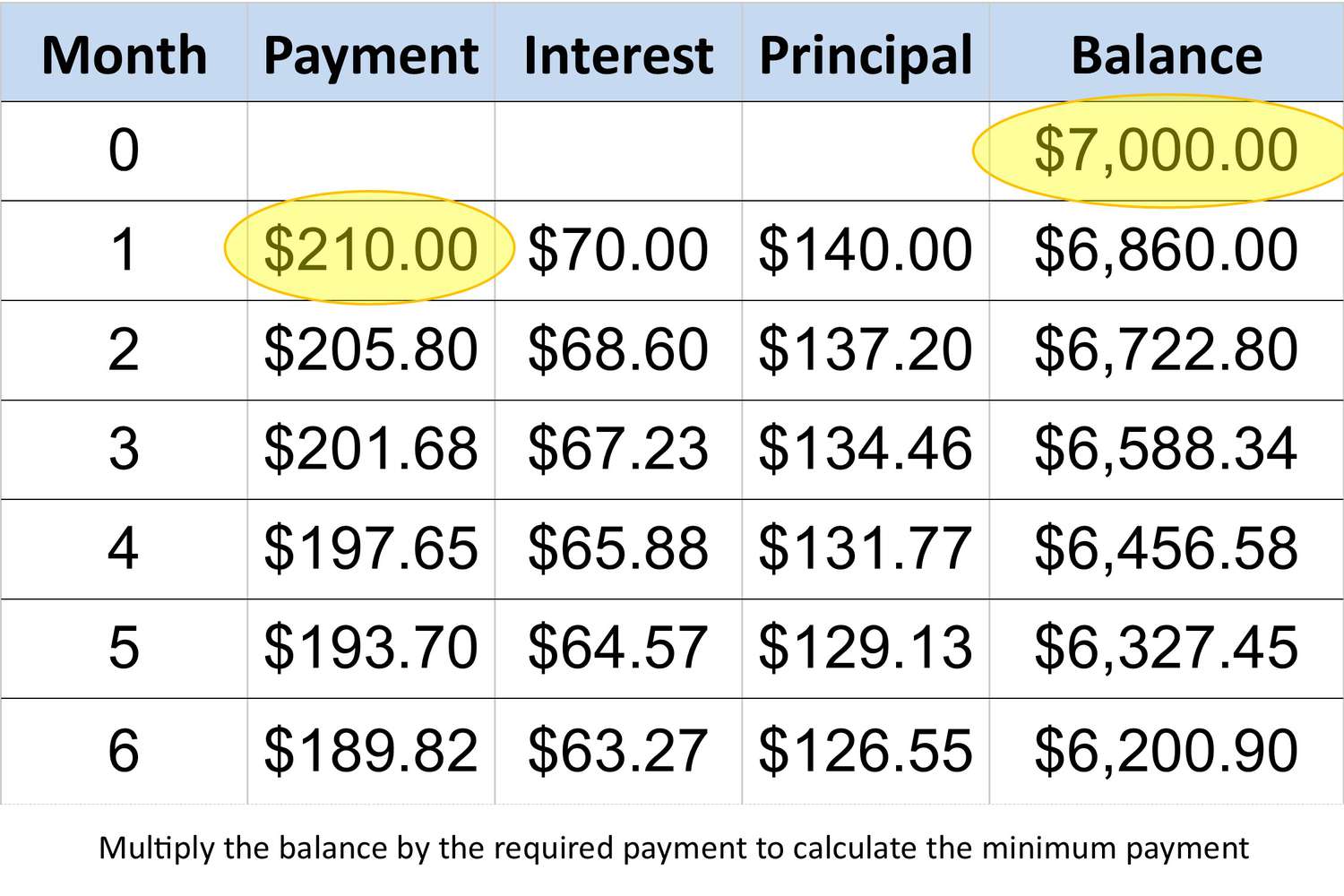

Finance
Bid Tick Definition
Published: October 15, 2023
Discover the meaning of bid tick in the world of finance. Learn how this key indicator can affect trading and market trends.
(Many of the links in this article redirect to a specific reviewed product. Your purchase of these products through affiliate links helps to generate commission for LiveWell, at no extra cost. Learn more)
Understanding Bid Tick Definition – A Guide to Financial Markets
Welcome to our Finance category, where we provide useful information and insights into various financial topics. Today, we dive into the world of bid tick definition, a crucial concept in financial markets. If you’ve ever wondered what bid tick means and how it impacts trading, you’re in the right place. In this blog post, we’ll explain bid tick definition, its significance, and how it affects traders and investors.
Key Takeaways:
- Bid tick refers to the minimum price movement allowed for a security.
- Bid tick is an essential factor in determining the profitability of a trade.
What is Bid Tick Definition?
In financial markets, bid tick definition refers to the smallest possible price increment or movement allowed for a security. Each security, such as stocks, bonds, or commodities, has its own bid tick size, which is set by the exchange or regulatory authority. The bid tick size determines the minimum price at which bids can be placed or changed for a particular security.
Why is Bid Tick Definition Important?
Bid tick definition plays a significant role in trading and investing. Here are a couple of reasons why understanding bid tick is essential:
- Profitability: The bid tick size affects the potential profitability of a trade. A smaller bid tick size means that price movements can occur more frequently, offering traders more opportunities to profit. On the other hand, a larger bid tick size may limit the number of profitable trading opportunities.
- Market Dynamics: Bid ticks also impact market dynamics. In a market with smaller bid tick sizes, prices may change rapidly due to the high number of bids and price movements. This can result in a more volatile market, offering both opportunities and challenges for traders.
How Does Bid Tick Definition Affect Traders?
Traders need to consider the bid tick size when placing bids or changing existing bids. Here’s how the bid tick size affects traders:
- Trading Strategies: Traders often develop specific trading strategies based on the bid tick size. They look for securities with smaller bid ticks to take advantage of frequent price movements, while others may prefer securities with larger bid ticks for longer-term positions.
- Risk Management: Bid tick size also impacts risk management. Smaller bid tick sizes allow traders to set tighter stop-loss orders, reducing potential losses. On the other hand, larger bid ticks may require wider stop-loss orders to accommodate price fluctuations, increasing potential risks.
- Liquidity: Bid tick size affects the liquidity of a security. Smaller bid ticks generally result in higher trading volumes and liquidity, making it easier for traders to buy or sell securities without significantly impacting prices.
In Conclusion
Bid tick definition is a vital concept for traders and investors to understand to navigate the financial markets effectively. It determines the minimum price movement allowed for a security and impacts profitability, market dynamics, trading strategies, risk management, and liquidity. By comprehending the bid tick size of various securities and factoring it into their trading decisions, traders can optimize their strategies and improve their chances of success in the financial markets.














